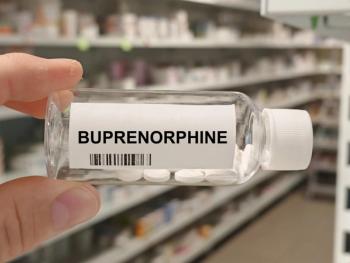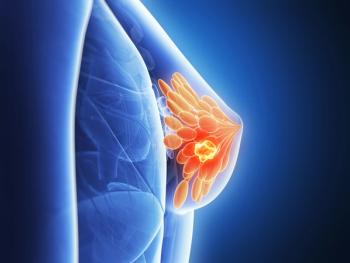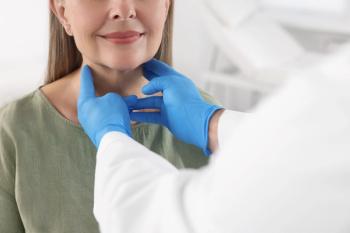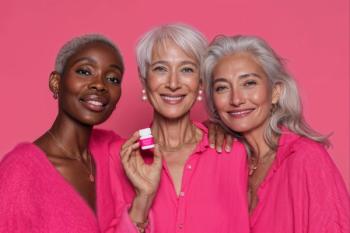
HPV Vaccination Rates Still Missing the Mark
After several years of steady growth, rates of HPV vaccination among adolescent girls barely budged between 2011 and 2012.
After several years of steady growth, rates of HPV vaccination among adolescent girls barely budged between 2011 and 2012.
Rates for
The report summarizes data from the 2007-2012 National Immunization Survey-Teen (NIS-Teen) and from national post-licensure vaccine safety monitoring. Since 2006, the NIS-Teen has collected information on the vaccination of teenagers aged 13 to 17, using a random-digit-dialed sample of landline and cellular phone numbers. Once parents and guardians granted the researchers permission to contact their child’s vaccination provider, providers were mailed questionnaires to obtain medical records of vaccination history.
The portion of adolescents who had received at least 1 dose of the recommended 3-dose course of the vaccine increased from 25.1% in 2007 to 53% in 2011. In 2012, however, the 1-dose coverage rate was stuck at 53.8%. Among girls who did not receive any doses of the vaccine, 84% had received another vaccine during a health care visit that year. If these teenagers had also been administered the HPV vaccine, coverage with at least 1 dose would have reached approximately 92.6%.
“Although providers cite infrequent preventive health-care visits among the adolescent population as a vaccination barrier, these data demonstrate that health-care access is not the main impediment,” an editorial note included in the report said.
To identify the most common vaccination barriers, the survey also asked parents who did not intend to have their daughters receive the HPV vaccine in the next year the main reason why they did not want their child to be vaccinated. The most common responses were that the vaccine was unnecessary (19.1%), that the vaccine was not recommended to them (14.2%), that they had concerns about the vaccine’s safety (13.1%), that they lacked knowledge about the vaccine or the disease (12.6%), and that their daughter was not sexually active (10.1%).
Despite these concerns, the
The CDC estimates that if coverage with the full 3-dose course of HPV vaccine were increased to 80%, 53,000 cases of cervical cancer could be prevented over the lifetime of girls currently aged 12 and younger. For every year that coverage remains at its current level, however, an additional 4400 women will go on to develop cervical cancer.
To increase the number of adolescents who receive the HPV vaccine, the editorial note suggests that health care providers focus on educating parents about the vaccine and about HPV, and that they consistently recommend vaccination to both parents and teenagers. Pharmacists can remind parents that the CDC currently recommends that all females aged 11 to 26 and all males aged 11 to 21 receive a 3-dose course of the vaccine.
Newsletter
Stay informed on drug updates, treatment guidelines, and pharmacy practice trends—subscribe to Pharmacy Times for weekly clinical insights.


















































































































































































































